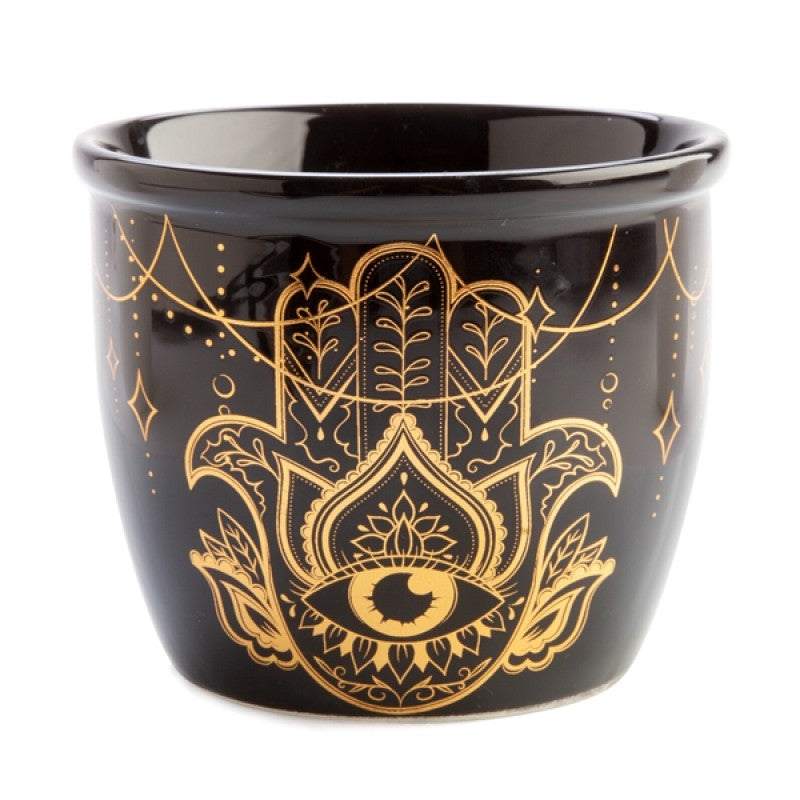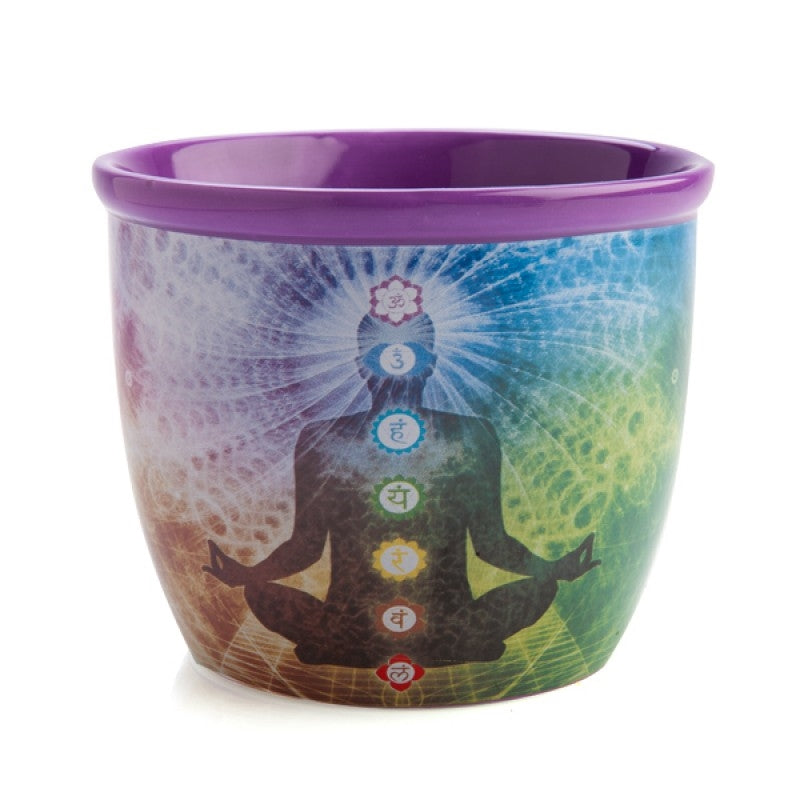Smudging & Smoke Cleansing
Smudging & Smoke Cleansing





Set your intention, choose your smudging tool, begin smudging, focus on key areas, move slowly and mindfully. Learn how to smudge yourself properly on the blog.
Smudging is a powerful practice used to cleanse and purify spaces, objects, or people from negative energies. However, there are certain things you should avoid ensuring that the practice is effective and respectful. Learn what to do and what not to do while smudging on the blog.
While morning and evening are traditional times for smudging, the most important factor is your intention and the needs of your current situation. Smudge when it feels most beneficial to you, and you will harness the full power of this cleansing ritual. Read our guide on what time of day is best for smudging.
While smudging is a flexible and personal practice, it’s important to approach it with respect, mindfulness, and care. By avoiding these common pitfalls, you can ensure that your smudging ritual is both effective and respectful. Explore the blog to learn how to smudge respectfully.
The words you use while smudging are an essential part of setting your intention and guiding the energy you wish to create. Here are some suggestions on what to say during different smudging scenarios.
When smudging, it’s generally recommended to have your windows open. Allows negative energy to exit, facilitates airflow, prevents smoke buildup and symbolises release. Read our full guide on smudging with windows open or closed here.
Smudging is a ritual that involves the use of the four classical elements—earth, air, fire, and water. These elements come together in the smudging practice, creating a harmonious balance that aids in the cleansing and purification process. Learn more about how each element is represented within a smudging ritual.
Saging, or the practice of burning sage in a home, is a traditional ritual used to cleanse and purify the space of negative energy. Explore the details of what saging a house does.
To enhance your home saging ritual, verbally articulate your intentions throughout the process: begin by stating a clear purpose, such as inviting positivity or releasing negativity; reiterate this intention as you move through each room, focusing on energy-stagnant areas like corners and doorways; and conclude with a final affirmation to solidify the cleansing, ensuring your spoken words resonate with your personal beliefs and desired atmosphere. Need some ideas? Read our blog about what to say when saging your house.
While often used interchangeably, "saging" and "smudging" are different: "saging" specifically refers to burning sage, particularly white sage, for cleansing, while "smudging" is a broader term encompassing the ritual use of various sacred herbs like cedar, sweetgrass, and palo santo, often carrying deeper cultural and spiritual significance within Indigenous traditions, and potentially involving more elaborate ceremonial practices and tools beyond simply burning sage.
Smudging should be avoided when health concerns like respiratory issues or pregnancy are present due to smoke risks, during high fire-risk periods, out of respect for Indigenous cultural practices if you are not part of those cultures and feel uncomfortable, in shared spaces where smoke could disturb others or violate rules, or when lacking clear intention, prioritizing health, safety, and cultural sensitivity over the practice.
It’s best to clean your space thoroughly before you begin the saging ritual. This approach prepares the environment, making the smudging process more effective and ensuring that the positive energy you invite in remains undisturbed.
To enhance the effectiveness of your home cleansing during a saging ritual, use intentional words at each stage of your home smudging ritual:
Speak from the heart, aligning your words with your personal intentions for the space.
While "saging" and "smudging" are often used interchangeably, they have distinct meanings. Saging refers specifically to burning sage, typically white sage, for cleansing or purifying a space, person, or object. It’s a more straightforward practice focused on using sage alone. Smudging, on the other hand, is a broader ritual involving the burning of various sacred herbs like cedar, sweetgrass, or palo santo, often with a deeper spiritual or cultural significance, especially in Indigenous traditions. Smudging usually includes prayers, chants, or ceremonial tools and is performed with more ritualistic intent. In essence, saging is a form of smudging, but smudging encompasses a wider range of practices and herbs.
There's no set time for how long smudging should last. It can be as short or as long as you feel is needed. Most sessions last between 5 and 45 minutes, depending on what you're smudging and why. Trust your intuition and let the energy guide you.
For example, a single room might take 5-10 minutes, while a whole house could take 20-45 minutes. Smudging yourself or an object can be even quicker. Ultimately, the duration should be based on your personal comfort and intuition. Some prefer longer sessions for deeper connection, while others find shorter sessions sufficient.
While smudging is a powerful practice, there are situations where it may not be appropriate. If you or someone in your household has respiratory issues, pregnancy, or lives in a high-risk fire area, alternative methods like essential oils, visualization, or smokeless incense are safer. Additionally, smudging is a sacred tradition in Indigenous cultures, so it’s important to approach it with respect and cultural awareness. In shared spaces, smudging could disturb others or violate building rules, and without clear intention, the practice can be ineffective. Always consider your health, safety, and cultural respect before smudging.
While smudging with sage is a powerful cleansing practice, it's important to do it safely and respectfully. Avoid burning sage around those with respiratory issues, pregnant women, pets (especially birds), or in poorly ventilated areas, places with fire hazards, and where it's prohibited. If you're unwell or unsure, consider alternative cleansing methods like essential oil sprays or sound healing.
The best time to smudge depends on your intention: mornings are ideal for setting a positive tone, evenings for releasing daily stress, and lunar phases for aligning with cosmic energies. Smudging is also effective during life transitions or whenever you intuitively feel a need to cleanse negative energy. While morning and evening are traditional, trust your instincts and smudge when it feels most beneficial for you.
Smudging is a sacred practice with deep cultural significance, particularly among Indigenous peoples, and should be approached with mindfulness and respect. To smudge respectfully, start by educating yourself on its cultural roots and significance. Always use ethically sourced materials, especially when it comes to sage, and consider purchasing from Indigenous-owned businesses. Acknowledge the origins of smudging by honoring the Indigenous peoples who preserved this ritual. Set a clear intention for the practice, focusing on its spiritual purpose, and avoid using smudging casually or commercially. Be mindful of others' cultural sensitivities and consider alternatives, like essential oils or sound healing, if you're uncomfortable with the cultural implications. Approach smudging with gratitude, recognizing its healing power, and remain mindful of its impact, avoiding commercialization that detracts from its sacredness. By following these guidelines, you can engage in smudging in a respectful and meaningful way.
You can tell smudging is working by noticing subtle shifts: a lighter atmosphere, improved mood and energy, physical sensations like warmth or tingling, clearer thoughts, and a reduction in negative symptoms like restlessness. Ultimately, trust your intuition; a sense of completion or positive changes over time are strong indicators of a successful smudging ritual.
After completing your smudging ritual, it’s important to handle the remaining sage and ashes respectfully. First, ensure the sage is fully extinguished by pressing it into a fireproof smudging bowl, sand, or soil. The ashes, which are believed to have absorbed negative energy, can be disposed of by returning them to nature, burying them, or scattering them in running water to purify the energy. If there’s leftover sage, store it in a dry, cool place for future use. For fully used smudge sticks, dispose of the remnants respectfully, such as by burying them or placing them in a meaningful location. Finally, take a moment to reflect on the ritual and give thanks, reinforcing the positive intentions you’ve set. By treating sage and its remnants with care, you honor the sacredness of the practice.
Smudging, a sacred practice rooted in Indigenous cultures, should be approached with respect and intention, using ethically sourced materials like sage smudge sticks or palo santo to cleanse spaces or individuals. Begin by setting a clear, positive intention and preparing the space with open windows, then move deliberately, directing smoke with a feather or hand while speaking affirmations, always prioritising fire safety and respecting others' boundaries. Regular practice, tailored to personal needs, maintains energetic well-being, honoring the tradition's origins and fostering a meaningful connection to spiritual and energetic balance. Read our full blog about the rules for smudging.